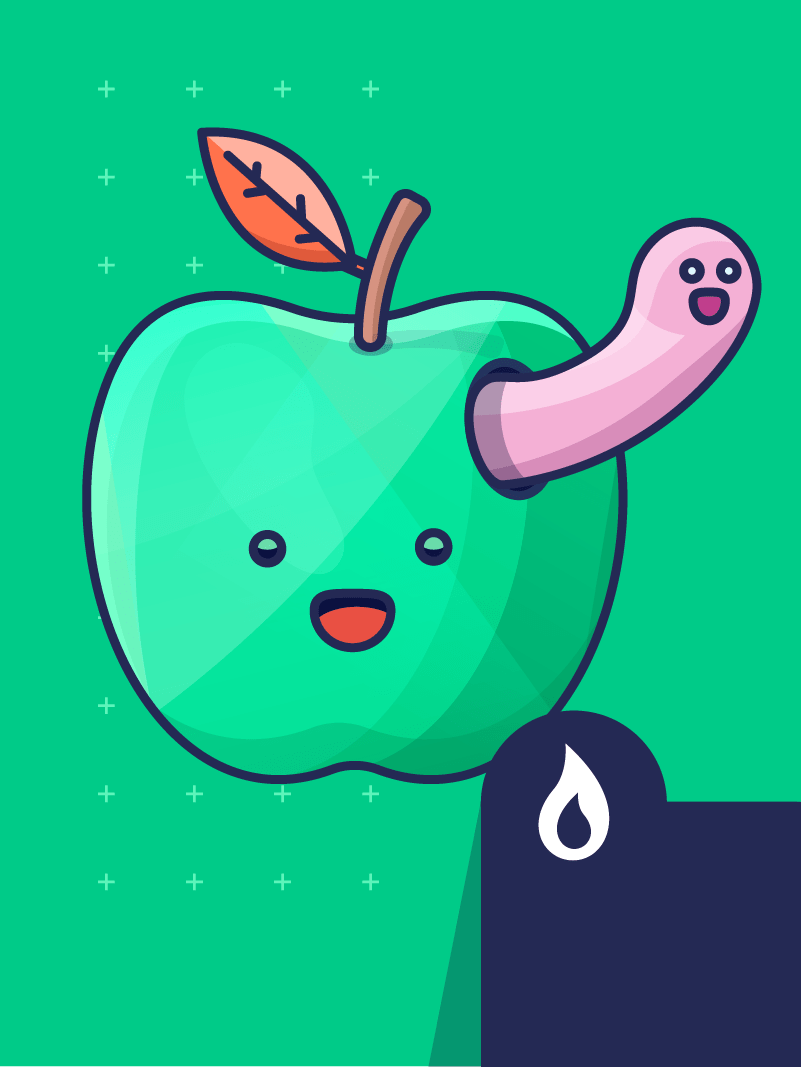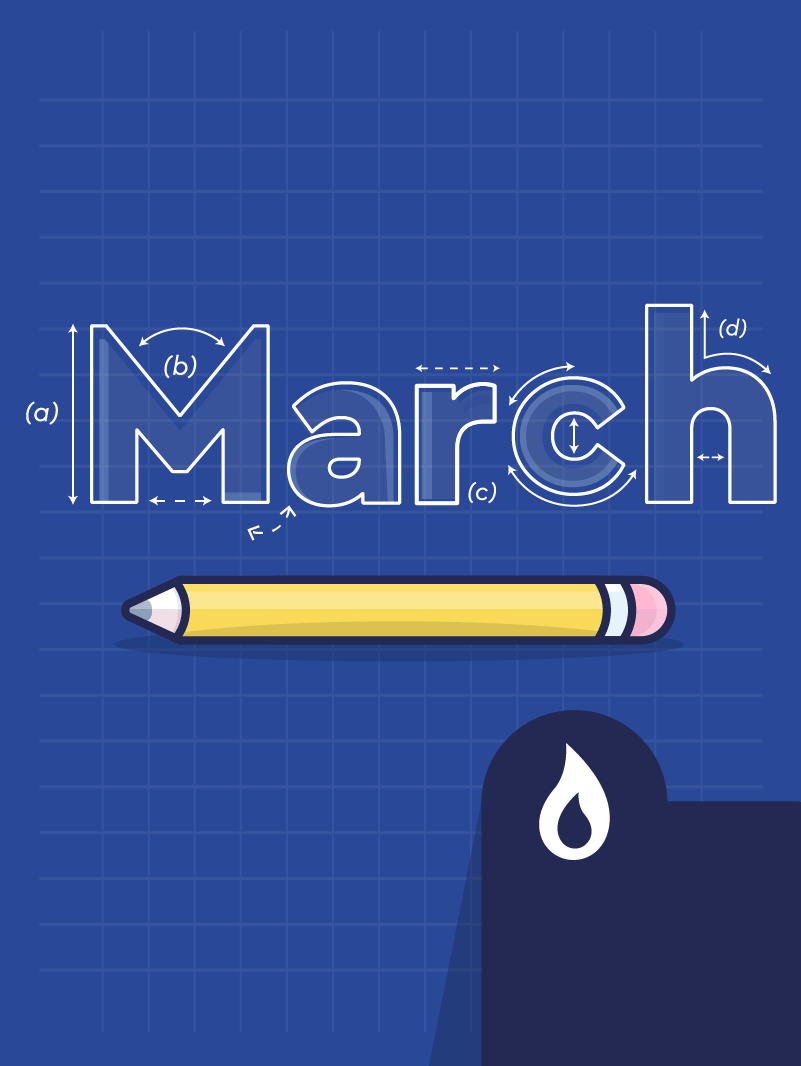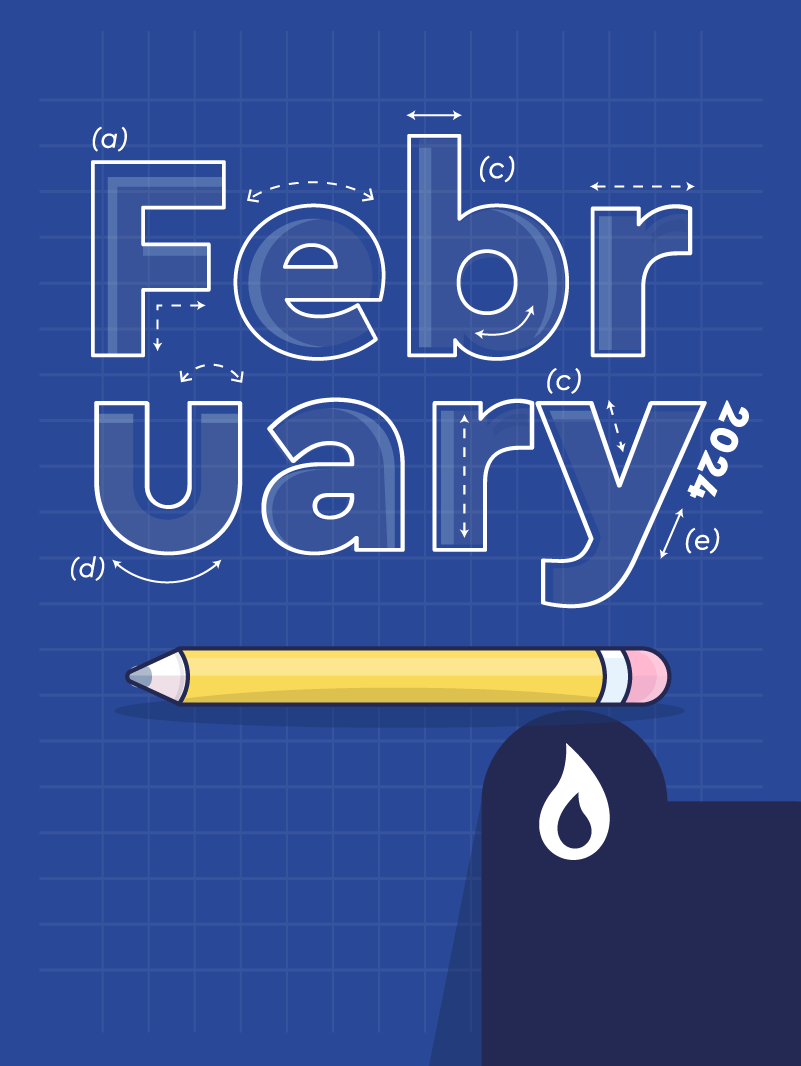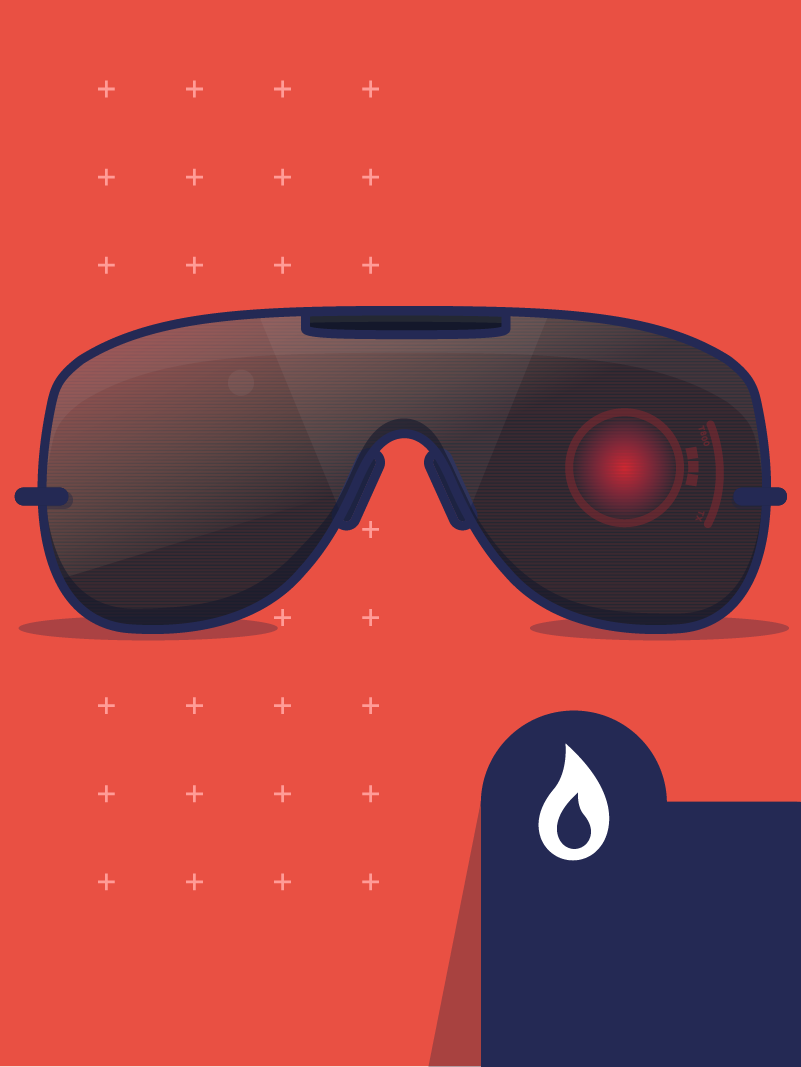Could a CRM give you pleasure?
I’m going to hazard a guess – you, the reader, have once felt some kind of strong emotional response while:
- Watching a movie
- Listening to a piece of music
- Gazing at a work of art
…but probably never while online, confirming the purchase for your favourite detergent?
Let's take a step back for a moment...
Apple
Whether you love or hate their products, there's no denying their success.
Their ginormous resurgence over the last couple of decades hasn’t come from creating the best hardware but by how it makes a user feel.
Case in point – A common question hurled at Apple customers might be:
"Why would you pay $3,000 for something that would only cost $1,000 for the PC powered equivalent; you absolute buffoon!?"
It’s a fair question (minus the buffoon) and the answer was found by Steve Jobs and his team back in 2001, with the release of the original iPod.
They posed a radical question – What if Apple’s ultimate goal wasn’t (like their competitors) to increase profits. Instead, what if their primary goal was to give consumers pleasure from buying and using Apple products? Then the profits would take care of themselves.
It’s a discovery that has shaped many products since.
By replacing archaic clicking actions with more natural gestures, giving the user a feeling of goal completion through touch, or simply adding visual flourishes or animation when moving between processes.
If you can create something that feels natural and gives emotionally positive feedback when used, we as human beings will feel connected with it. If done right it will trigger chemical reactions within the brain, known as pleasure.
Which brings us nicely back to your CRM.
If you are using a CRM to manage your day-to-day business, you’re likely interacting with it more than you interact with your own family. As such, shouldn’t it be as pleasurable as possible to use?
We’re humbled to hear the positive feedback we get from our customers about how nice our system is to use but we know there is always work to be done.
Just like Steve, at UtilityClick we take user experience very seriously and continuously improving the UX is very much part of our roadmap. Over the next few months, we’ll be making even more improvements to ensure that our customers days are that little bit more pleasurable.
Get in touch below if you’d like to be the worm in our apple.
Latest articles...
Development Update – March 2024
Welcome back to the March edition of our regular dev update and with it, we've felt a…
Development Update – February 2024
Welcome back to our February dev update and to be quite honest - it's been a quiet…
Enter your email below and we’ll write to you about once every 2-3 weeks.
Come with us if you want to live…
As a sequel to our previous time travelling Insights article, we look now to the present and see how code automation has helped build reliability and intelligence.
If you’ve read part one, you’ll be aware that so far this year we’ve released a whopping 680 upgrades (that’s in the first 6 months of 2020 alone). These range from all-but-invisible performance tweaks, or minor bug fixes, right up to huge modular extensions (like our recent addition of the Water module).
This number of deployments is by no means unusual for us but they do require a significant resource in man and machine power prior to release; specifically when testing.
This is why we have invested so heavily in building an automated testing machine for the future.
Ultimately, we’ve built something that
can't be reasoned with, it can't be bargained with. It doesn't feel pity, or remorse, or fear and it absolutely will not stop. Ever...
Until any potential bugs have been found and tested.
Our Process
Once an upgrade has been coded and signed off by our developers, it enters the testing phase where:
As Miles Dyson or Skynet can attest, it is, of course, impossible to ensure 100% certainty for any technological release. However, with these measures in place, we’re able to mitigate against issues way above the norm and look to provide a seamless transition between versions T-800 and the T-850, and the T-1000 and the T-3000…
The future has not been written. There is no fate but what we make…
So if you’d like to experience a future where you can run multi-site tenders, monitor sales opportunities and forecast commission payments, please ask for a demo.
Latest articles...
Development Update – March 2024
Welcome back to the March edition of our regular dev update and with it, we've felt a…
Development Update – February 2024
Welcome back to our February dev update and to be quite honest - it's been a quiet…
Enter your email below and we’ll write to you about once every 2-3 weeks.



